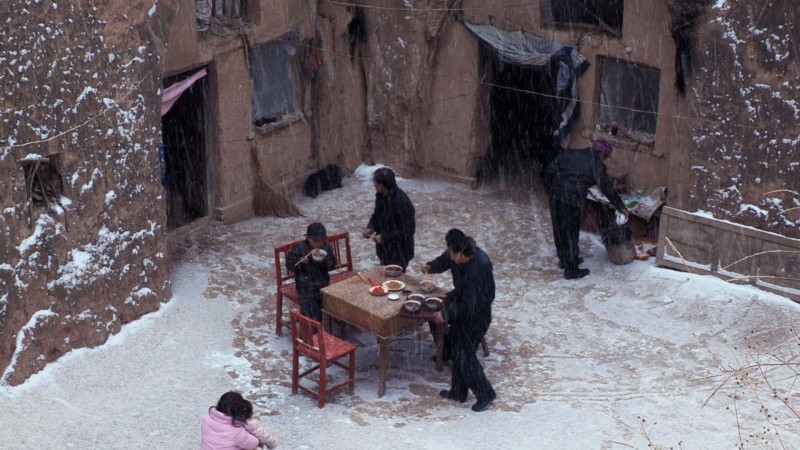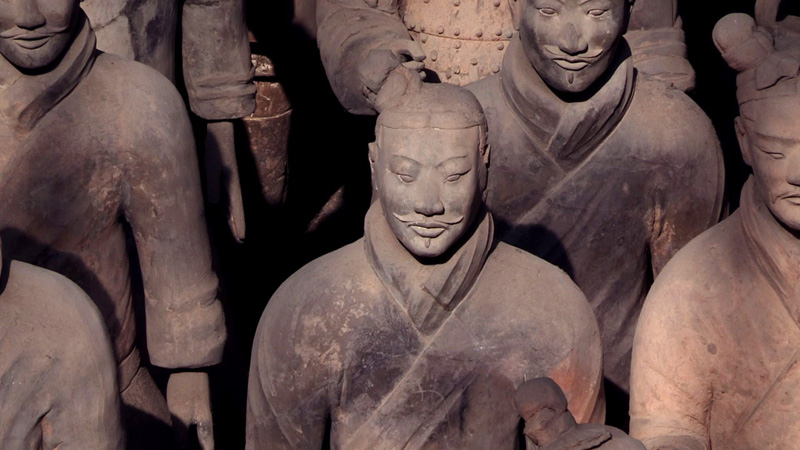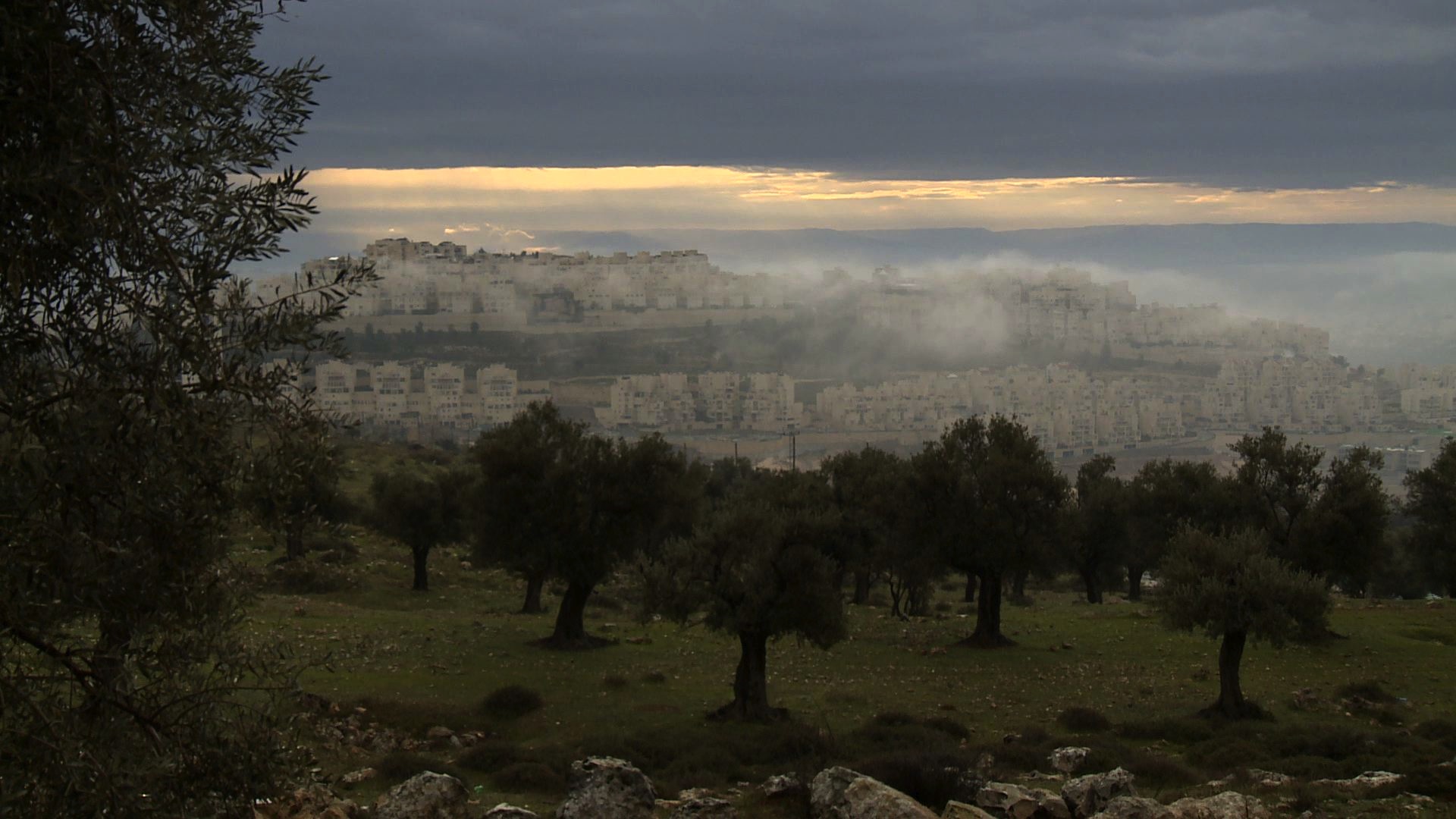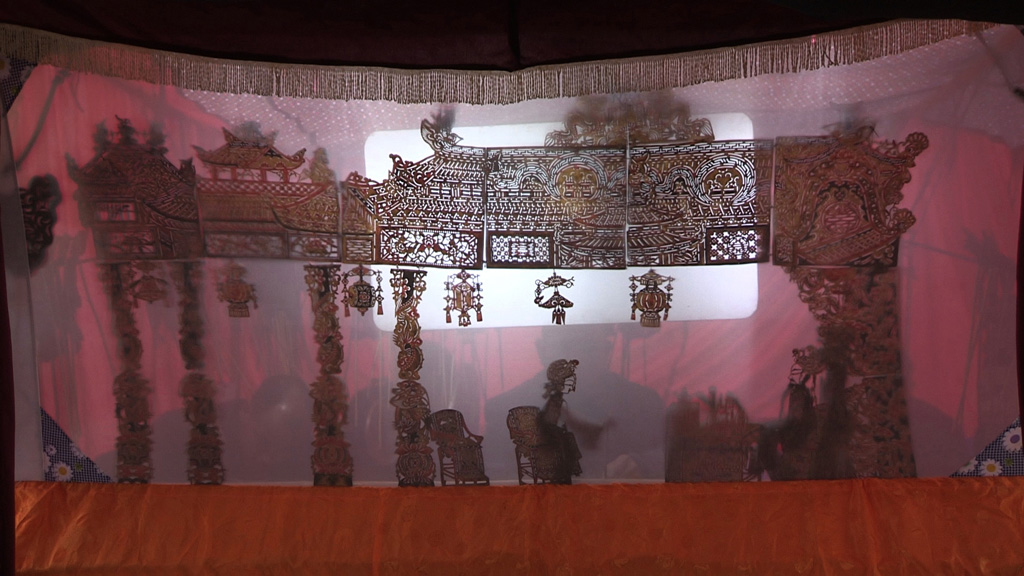Description
With the arrival of the MING during the 14th century of our Western calendar, the Great Wall again became a most prominent defence issue. This dynasty re-ignited the Empire’s coherence and rebuilt many sections of the Wall that had fallen into ruins. They built entire garrison towns along the Wall, which became effectively an immense, elongated barracks for the army, counting almost a million men at that time. Despite this renewed interest in defence, a few hundred years later, the MING were chased by the QING. These Manchu took possession of the Forbidden City and the Summer Palace in Beijing, which was by then the capital of the Empire. However, due to profound changes that took place during the 20th century, the QING became the Empire’s « last Emperors ».
In the 21st Century, while China has become the second strongest economy of the planet, and while drones, missiles and satellites have become the stars of warfare, what place is appropriate for a 2000-year-old defence wall? Again, we continue to meet citizens of Northern China through whom we can appreciate that the Great Wall has gone through a profound transformation: with an ancient storyteller as well as a retired cinema projectionist, we’ll understand that the traditional festivities, such as the dragon party, new year celebrations as well as weddings, anniversaries, family festivities are the real cornerstones of their life-style. In particular as and when they are performed at the foot of “their” Great Wall. Today the ancient building has become a major tourist attraction for international visitors. But for the Chinese, it has become, step by step, over the centuries, the symbol of their identity as well as the metaphor for their prized traditions and folklore.







